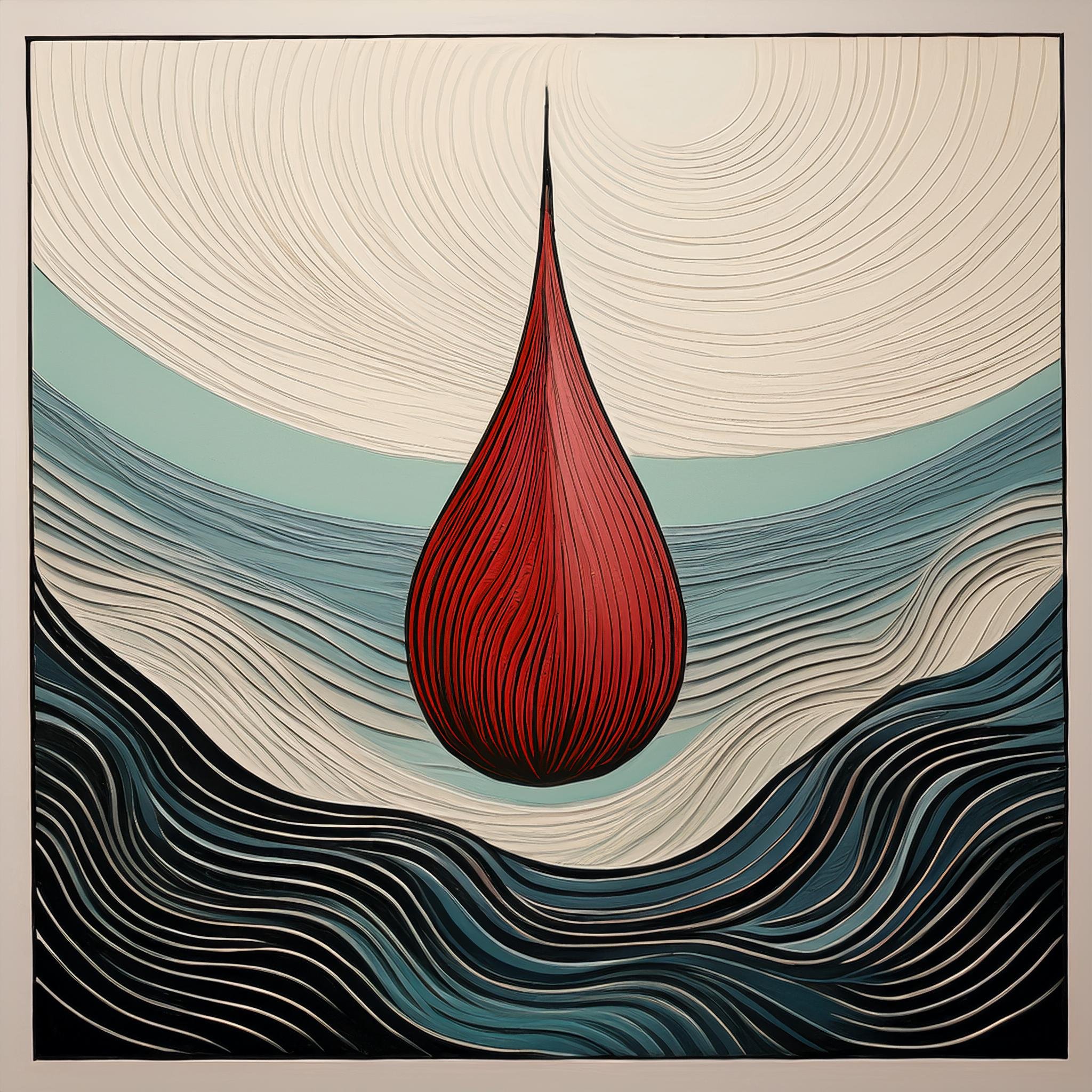Purity and the Presence
Okay, so this post is going to be a little dark. We’re going to look at death to help us understand “the God of life.” We’re also going to talk about some icky stuff like bodily fluids… so yeah, this is going to be fun. Just stick with me, we’ll get to the positive stuff eventually!
I’m guessing that most people today don’t find the book of Leviticus all that interesting. It’s hard to get warm and fuzzy feelings when you’re reading about rules for sacrifices. But, one semester, when I was still teaching at the university, I had to teach a class on the first five books of the Bible. I had to say something smart and interesting about Leviticus, atonement, and holiness laws. I read a commentary by Jacob Milgrim and I loved it. He gave me some new ideas about the sacrificial system and the Presence of God.
Milgrom said that the sin of the community was like dirt that covered God’s tabernacle and altar. It made the place where God’s holy Presence lived uninhabitable. The blood of the atonement offering, which was placed on the horns of the altar and sprinkled on the sanctuary, was like soap that washed away this dirt so that the Presence could stay there in the tent with his people. God’s Presence is holy and can’t be in a “dirty” place.1 The purity laws were put into place to keep people “safe” in the dangerous holy Presence. Menstruation, ejaculations during a wet dream, skin diseases: all these things (which might seem unfair) made it impossible or at least very dangerous to come into the Presence of God. These things that made a person “unclean” were not a sin. Milgrim suggests that people with these issues couldn’t come into the Presence because these conditions were symbolic (or maybe on the spectrum?) of “death” in the ancient culture.2 Menstruation is evidence of a woman’s body’s failed attempt to make a baby, and like ejaculation during a wet dream, it doesn’t result in life. Skin diseases, sicknesses, handicaps, and imperfections, as I talked about in my last blog post, would be included on the “death side” of the life-death spectrum.
So, God’s Presence can’t be in a space polluted by people’s sin and it can’t be in the presence of anything that reminds us of death. Why? Because God is “the God-of-life.”
Death (on its full spectrum) is the opposite of who God is.
Of course, as Christians, we believe the death of Jesus was the “soap” that let God’s Presence live among his people again (the indwelling of the Holy Spirit). His resurrection conquered “Death,” the opposite of the “God of life.” Even though there are signs and acts of death all over the world, the Presence can now live with his people (both as a group and individually).
So, Leviticus, even though it sometimes seems super boring, is not as irrelevant as we might think at first. It tells us something about who God is, the God of life. And this means much more than simply that God is king over life (although he is). He is life and death is not a part of him.3
-
Jacob Milgrom, A Continental Commentary: Leviticus: A Book of Ritual and Ethics (Minneapolis, MN: Fortress Press, 2004), 30–31. ↩︎
-
“Although the loss of vaginal blood and semen is a necessary part of the human cycle, its symbolic value, representing the loss of life, is a process unalterably opposed by Israel’s God, the source of it’s life: ‘You shall keep my laws and my norms, by the pursuit of which men shall life: I am YHWH’” Jacob Milgrom, A Continental Commentary: Leviticus: A Book of Ritual and Ethics (Minneapolis, MN: Fortress Press, 2004), 123. ‘Wait,’ you say. ‘Didn’t God command all kinds of death and destruction in the Bible. How does this fit with God being the God of life?’ Let’s talk about that in a future post. I think that is a really valid point. ↩︎
-
John 5:19–29; John 11:25–26 ↩︎

